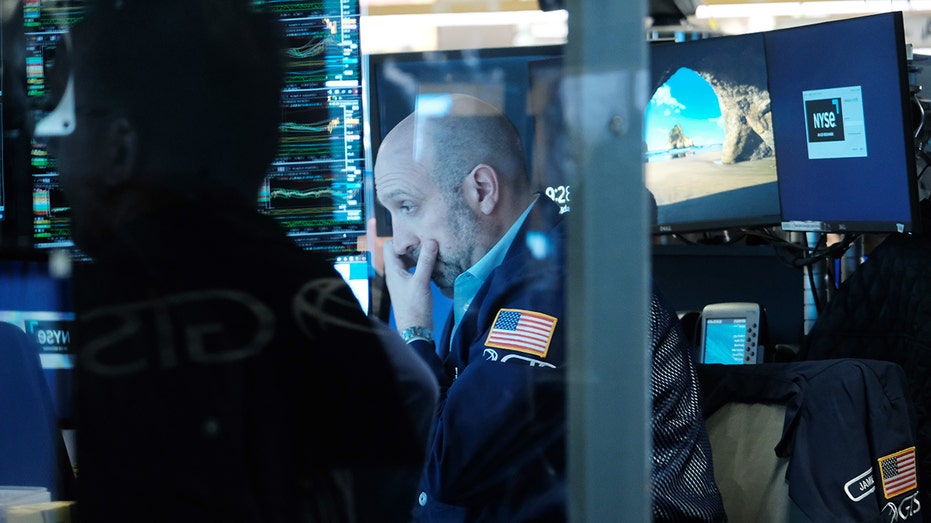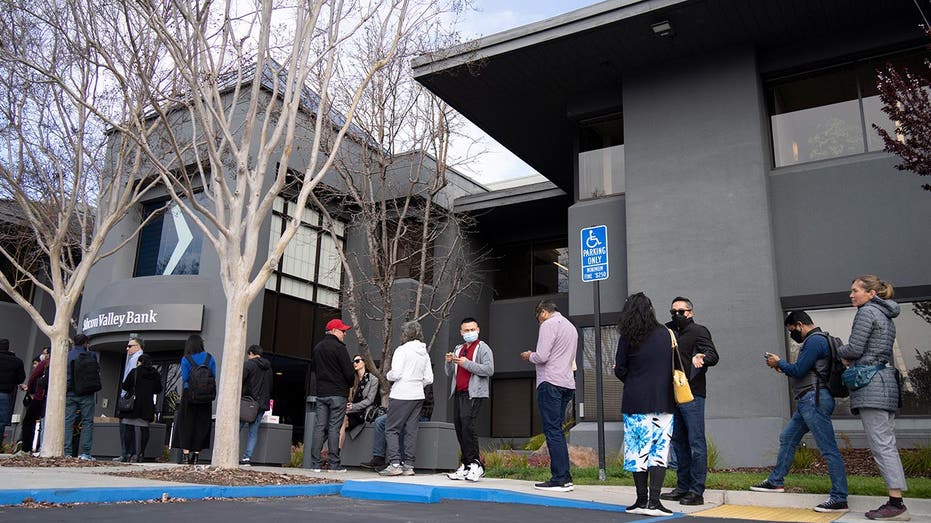Bank turmoil could bring 'vicious' end to bear market, Morgan Stanley says
Morgan Stanley's strategist sees 'painful' early stages of bear market exit
US banking crisis is causing mounting ‘hysteria’ among investors: Kenny Polcari
SlateStone Wealth chief market strategist Kenny Polcari joined ‘Varney & Co.’ to discuss the U.S. banking crisis, predicting its impact on the stock market.
Turmoil within the banking sector is likely to bring a "vicious" start to the end of the bear market in U.S. stocks, according to Morgan Stanley.
Michael Wilson, the chief U.S. equity strategist at Morgan Stanley and a longtime Wall Street bear, said in an analyst note on Monday that the stock market is in the early and painful stages of exiting the bear market than began in the summer.
"The last part of the bear can be vicious and highly correlated," he said. "Prices fall sharply via an equity risk premium spike that is very hard to prevent or defend in one’s portfolio."
He suggested that stocks are still not worth the risk, particularly when investors can turn to safer assets like Treasurys and other bonds. Until the equity risk premium – which measures the expected return on stocks above the risk-free rate – climbs as high as 250 basis points, the S&P 500 will remain unattractive. The ERP is currently at 230 basis points.
BANKS BORROW RECORD-BREAKING $160B FROM FED CRISIS LENDING PROGRAMS

Traders work on the floor of the New York Stock Exchange (NYSE) on March 16, 2023 in New York City. ((Photo by Spencer Platt/Getty Images) / Getty Images)
"We have been waiting patiently for this acknowledgment because with it comes the real buying opportunity," Wilson said. "Given the risk to the earnings outlook, risk/reward in U.S. equities remains unattractive until the ERP is at least 350-400bp, in our view."
Stocks closed down on Friday, with big declines at mid-sized, regional banks despite an unprecedented effort to rescue First Republic Bank. Despite the losses, the S&P 500 and Nasdaq Composite notched increases for the week.
Wilson believes those gains stemmed from Wall Street's misplaced optimism that the Federal Reserve was rekindling a policy initiative similar to quantitative easing.
"We think it had to do with the view we have heard from some clients that the Fed/FDIC bailout of depositors is a form of quantitative easing (QE) and provides the catalyst for stocks to go higher," he wrote.
ONE YEAR INTO ITS INFLATION FIGHT, THE FED FACES MURKY FUTURE

People queue up outside the headquarters of Silicon Valley Bank to withdraw their funds on March 13, 2023, in Santa Clara, California. (Liu Guanguan/China News Service/VCG via Getty Images / Getty Images)
He continued: "While the massive increase in Fed balance sheet reserves last week does reliquefy the banking system, it does little in terms of creating new money that can flow into the economy or the markets, at least beyond a brief period of, say, a few days or weeks," Wilson added.
One week ago, the Treasury Department, Federal Reserve and the FDIC announced that the federal government would protect all deposits at the failed Silicon Valley Bank, even those holding funds that exceeded the FDIC's $250,000 insurance limit.
Unlike typical quantitative easing, though, the Fed is lending, not buying.
CLICK HERE TO GET THE FOX BUSINESS APP
"If a bank borrows from the Fed, it is expanding its own balance sheet, making leverage ratios more binding," he said. "When the Fed buys the security, the seller of that security has balance sheet space made available for renewed expansion. That is not the case in this situation."





















